WPS in Brief: August 2025
new superintendent's entry plan, progress on Superintendent's goals, Worcester Tech naming
Happy back to school and welcome to August’s WPS in Brief! I’m writing to you from the tail end of a chicken pox isolation, thanks to my five-year old. Apparently, we’re really embracing the “’90s kid summer” trend over here, diseases included. I know none of us want to talk about going back to school, but it’s time! This month covers the August school committee meeting and one standing committee meeting.
Let’s get to it.
Welcome to the club!
As the school year begins, I want to give a special welcome to all the new WPS parents joining the ranks! If you’re new here, I highly suggest you learn why I started this newsletter and how I hope it can be helpful to you. I also recommend reading about the strategic plan and the vision of a learner to get to know WPS.
Superintendent’s Entry Plan.
New superintendent Brian Allen started on July 1, and the August 14 school committee meeting was his second as the chief of WPS. (To learn more about him check out the profile I wrote.) As part of the Report of the Superintendent, he gave an overview of his entry plan, which spans from now until January 2026. In the first month of school Allen will visit all 50 schools in WPS, meet with all principals one-on-one, meet with each school committee member individually, and meet one-on-one with central office staff. In October and November he plans to do weekly classroom visits, attend roundtable discussions, include principals as part of district leadership meetings, and launch an improved district communication strategy. In January, Allen will present 3-5 district-wide priorities, and will present the mid-cycle review for his 2025-2026 goals. He is also working to redesign district leadership meeting structure to include input from principals and set up feedback loops and progress monitoring systems. The school committee had no comments or feedback after the Superintendent’s presentation.
Progress on 2024-2025 Superintendent’s Goals.
Also part of the Superintendent’s report, Allen gave a progress report on previous superintendent Dr. Monárrez’s goals for the 2024-2025 school year (see above). In Massachusetts, it is required that a superintendent come up with goals which are approved by the school committee, and it’s those goals that are then the basis of a superintendent’s yearly evaluation.
For the first goal about recruitment, the Superintendent spoke about a new comprehensive onboarding model, the creation of WPS staff affinity groups, and a formalized pipeline and growth road map to recruit more teachers. Data-wise, compared to last school year, there was no increase in percentage of new instructional staff from underrepresented backgrounds (29.3 percent) and a decrease in new operational/non-instructional staff from underrepresented backgrounds (64.3 percent). In terms of retention, instructional staff retained from year to year increased from last year by 0.1 percent to 94.5 percent and noninstructional staff retained from last year decreased by 1.2 percent to 91.8 percent.
On the second goal around modernized and safe facilities, Allen spoke about codifying the equity budget process, although the district was unable to fund it to the extent they needed to due to budget cuts at the state level. Still, the district spent 82 percent of the foundation budget amount on maintenance and operations, which is less than last year, but still more than what was spent prior to Student Opportunity Act implementation when it was around 55-57 percent. Over the past year the district has improved work order response time by 31 percent, with 60 percent of expedited repairs completed within 72 hours. They have also improved work order completion time, bringing the average number of days complete to four from 22 days the year before. The idea here is the more we can do maintenance repairs in the schools, the better we can keep buildings from falling into complete disrepair as they sometimes had in the past.
For the third goal around student learning, the district codified the definition of Culturally Responsive Pedagogy (CRP) and embedded CRP within the WPS instructional framework. The district also created a CRP empowerment tool and an equity-based walkthrough tool. Over the last year there was an increase in the percentage of students reporting rigorous and culturally responsive instruction, with rigorous instruction up 4 percent to 68 percent and culturally responsive instruction up 8 percent to 23 percent. There was also an increase in the percentage of 3rd, 4th, and 8th grade Latino/Hispanic students and English learners that scored at/above benchmark (meeting/exceeding) in reading and math from the beginning of school year. Hispanic/Latino students were up 2.7 percent to 14.1 percent and English learners were up 1.9 percent to 4.2 percent. Students with disabilities had fallen .6 percent to 4.8 percent. A large percentage of students in the Latino/Hispanic category are also English learners, at 44 percent.
The Superintendent also presented growth in STAR Reading and Math assessments (which are a predictor of student performance on MCAS) using the unified scaled score
.
This student growth is encouraging. (if you want to understand why growth matters, check out my piece on literacy in Worcester). And as the new education commissioner in Massachusetts, Pedro Martinez, said, “I always have this caveat: the proficiency rates that are in our schools are a reflection of the poverty in that community. The growth you see, that’s a reflection of the practices in the schools. And that’s where you hold people accountable."
Mastery Based Grading.
At the August 5 Finance, Operations, and Governance subcommittee meeting Magdalena Ganias, Director of Compliance & School Improvement, gave an overview of the steps taken over the last two years to come up with a new grading system, and that the goal is about changing high school and middle school grading practices to reflect “understanding over task completion, encouraging deeper engagement and skill development” and to “ensure grades reflect learning, not external challenges.” She emphasized that the goal is to “prevent inconsistencies across classrooms.” This will be a big cultural shift for teachers, students, and families alike.
Some key changes include:
Students will have a chance to do revisions to work to show mastery.
Teachers will need to classify assignments as major and minor.
That students will get no lower than a 40 if they do not submit work.
Ganias emphasized that this does not mean teachers lose the right to give a zero. Teachers can do so when students don’t show up to a class or haven’t done any work. The change applies to students actively trying. A 0 is really hard to recover from. A 40 makes it easier for struggling students to bring their grades up to passing.
The plan is to implement it into the high schools first, but at the August 14 meeting the school committee held the item to get a written policy to vote on and allow the district to do impact bargaining with the EAW.
Worcester Tech Advanced Manufacturing Program Proposed Naming.
At the August 14 school committee meeting the committee approved a $5000,000 grant to support the Worcester Tech Advanced Manufacturing Program from the foundation of convicted criminal Gene Haas, pending a decision on the naming rights. Haas owns Haas Automation, a CNC machine tool company based in California. This isn’t the first time, as the Gene Haas naming at Worcester Tech was first considered by the school committee in October 2023 when the Gene Haas Foundation offered to donate $350,000, but with naming rights attached. The debate on the school committee floor at the time was around the ethics of naming something in a school after a convicted criminal. At that time the naming did not move forward. Now up for approval is “A substantial financial grant ($500,000) offered in exchange for naming rights to the Advanced Manufacturing program.” According to Worcester Tech principal Drew Weymouth, the money would “bring our shop from an industrial age to a laboratory age.” You can watch a walkthrough of the proposed renovated space here. The donation itself is being made to the Worcester Educational Development Foundation, which often serves as a passthrough for donations to WPS. There is an additional $350,000 donation from an anonymous donor to fully fund the $850,000 total renovation budget for the shop. (According to IRS regulations it cannot be used to purchase Haas machines for the lab.) As dictated in the new naming policy, the naming now goes to the Finance, Operations, and Governance subcommittee for public input. If the name is approved by the committee, the rights would be for 12 years (until current kindergartners are seniors in high school).
Meeting Moment.
Dianna Biancheria (district C) had an item on the agenda to “Request School Committee review the process of items accepted on the School Committee agenda that will be determined and discussed that have been brought to our attention by our constituents.” When Sue Mailman (at-large) asked for clarification on this item, Biancheria voiced frustration that items brought to her by constituents are not always put on the agenda. Jermaine Johnson (district F) is the Vice Chair and thus makes the decision, along with the clerk, of what goes on the agenda. In response, Johnson reminded the committee that the rule is in place due to a 2017 audit1 by the state of Massachusetts. The audit found that:
“School committee members make many motions that require action by administrators and administrators devote much time responding to these motions. Few motions that require action by administrators are aligned with district priorities for continuous improvement or with administrators’ main responsibilities…The large number of school committee motions seeking information from administrators demands much time and attention of many district and school administrators at a significant cost to the time and attention they can pay to their core leadership responsibilities. Because the requests are often not related to the district’s goals, they distract district and school administrators from the instructional leadership work that is critical to school improvement.”2
Here you see a clear example of two ways of thinking in Worcester politics: one where elected officials are “customer service” representatives putting items on the agenda that are brought by their "district constituents” regardless of whether it’s in their purview, and another where school committee members work in a productive way in collaboration with the district. This is one reason why state law requires that school committee members complete a state-wide training within a year of being elected, so that school committee members understand their legal function and role.
Also.
THERE IS A PRELIMINARY ELECTION FOR DISTRICT E ON SEPTEMBER 2. You have until August 23 to register to vote. Read my overview of the candidates. Learn more about where and when you can vote and please make a plan to vote!
Thanks for reading. Good, local journalism is essential to a healthy city. It leads to higher voter turnout and less political polarization. We don’t all have the same priorities, but in order to have productive conversations we need to be working with accurate information. Please support our work here at Worcester Sucks and consider a paid subscription. See you in September!
Dianna Biancheria is the only current school committee member who was on the school committee in 2017. She was first elected in 2009.
The audit also found that “A review of the minutes for the 7 regular committee meetings of September 15, October 6, October 20, November 3, November 17, December 3, and December 17, 2016, indicated that committee members made 113 new, non‐routine motions that require action by the administration, or an average of 16 motions per meeting, ranging from 5 on November 3 to 31 on October 20.” Woof.


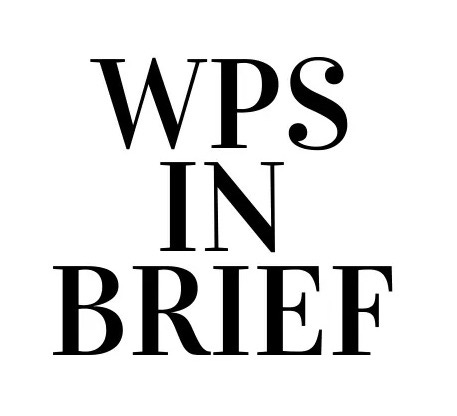
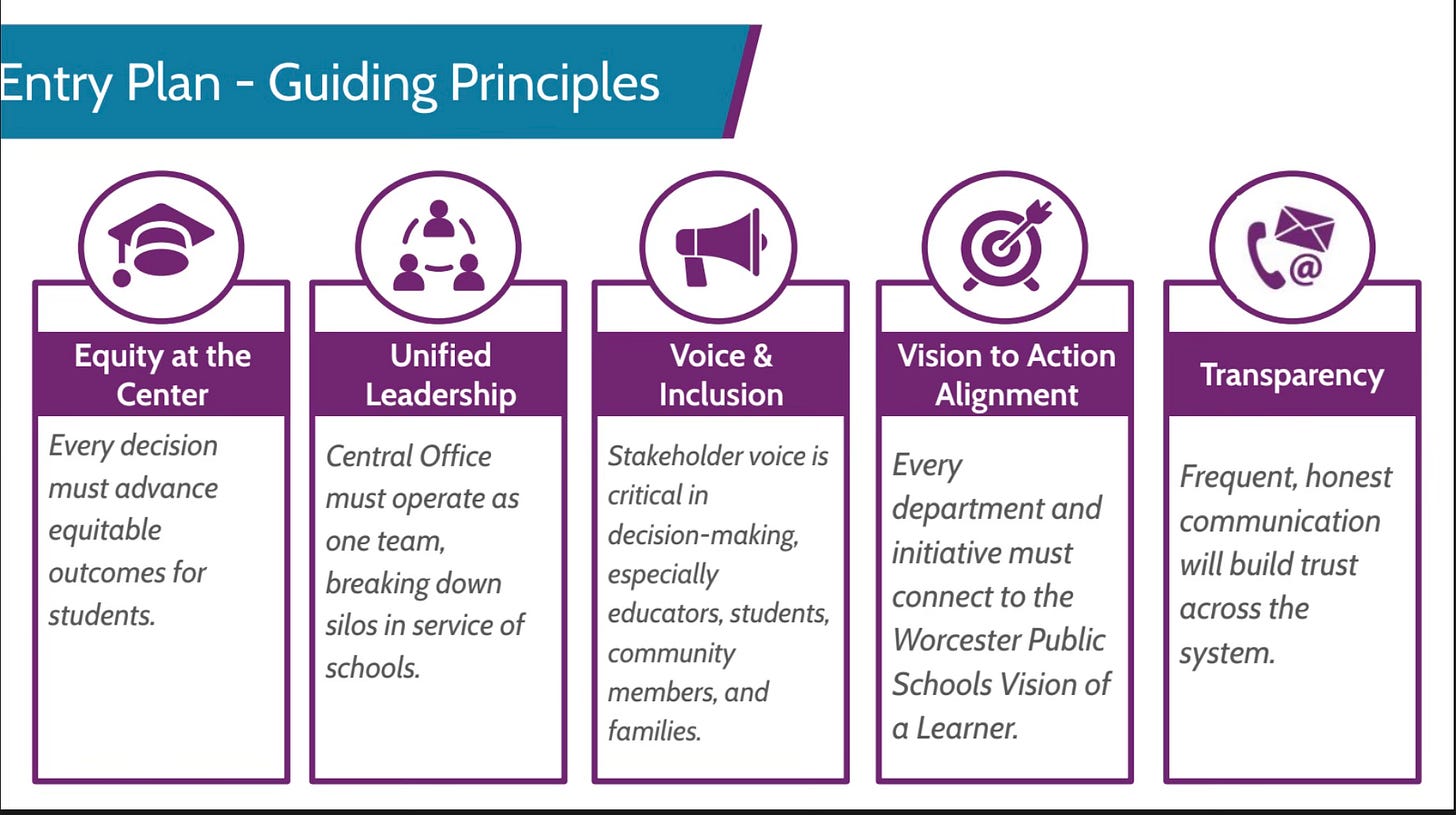
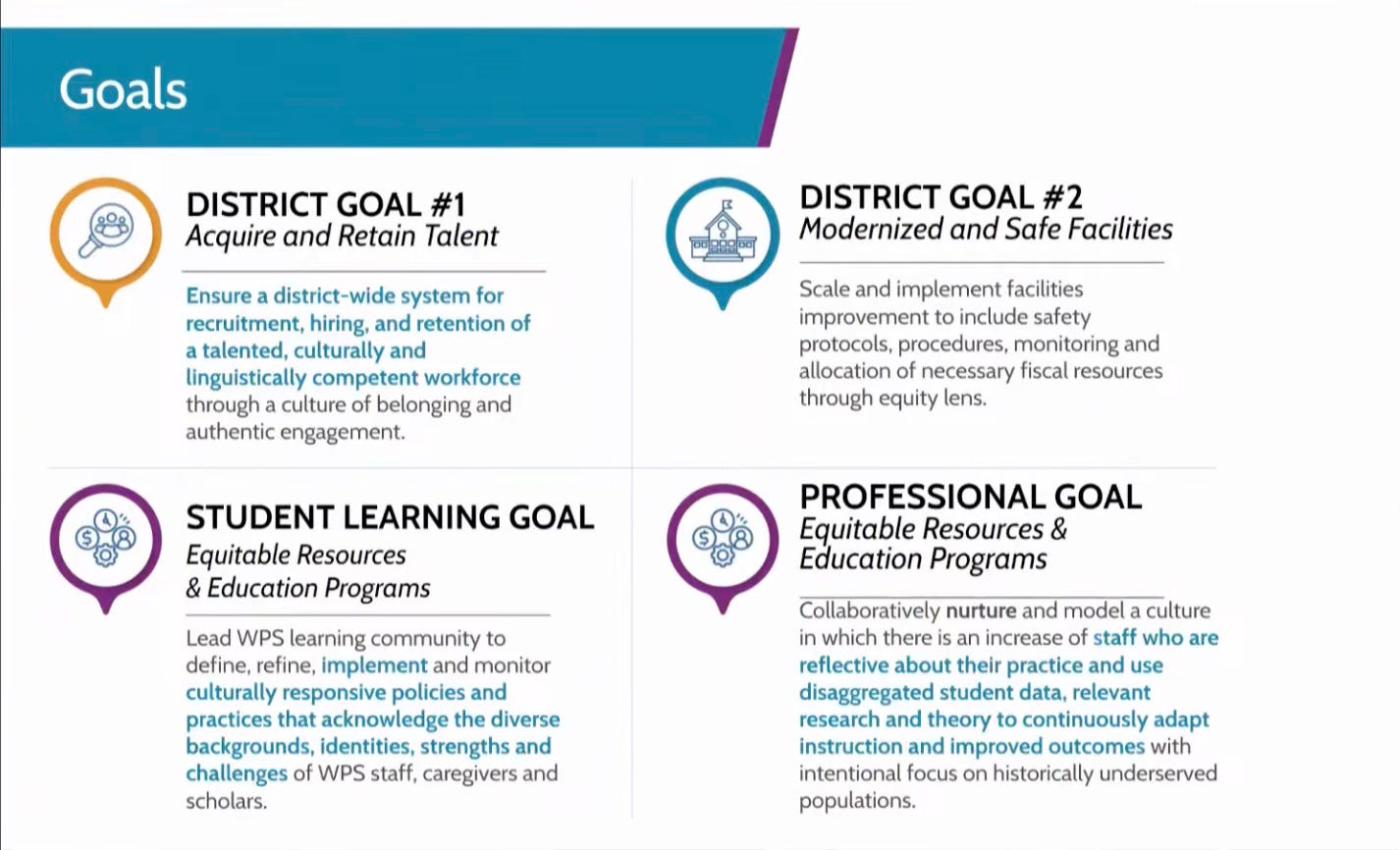
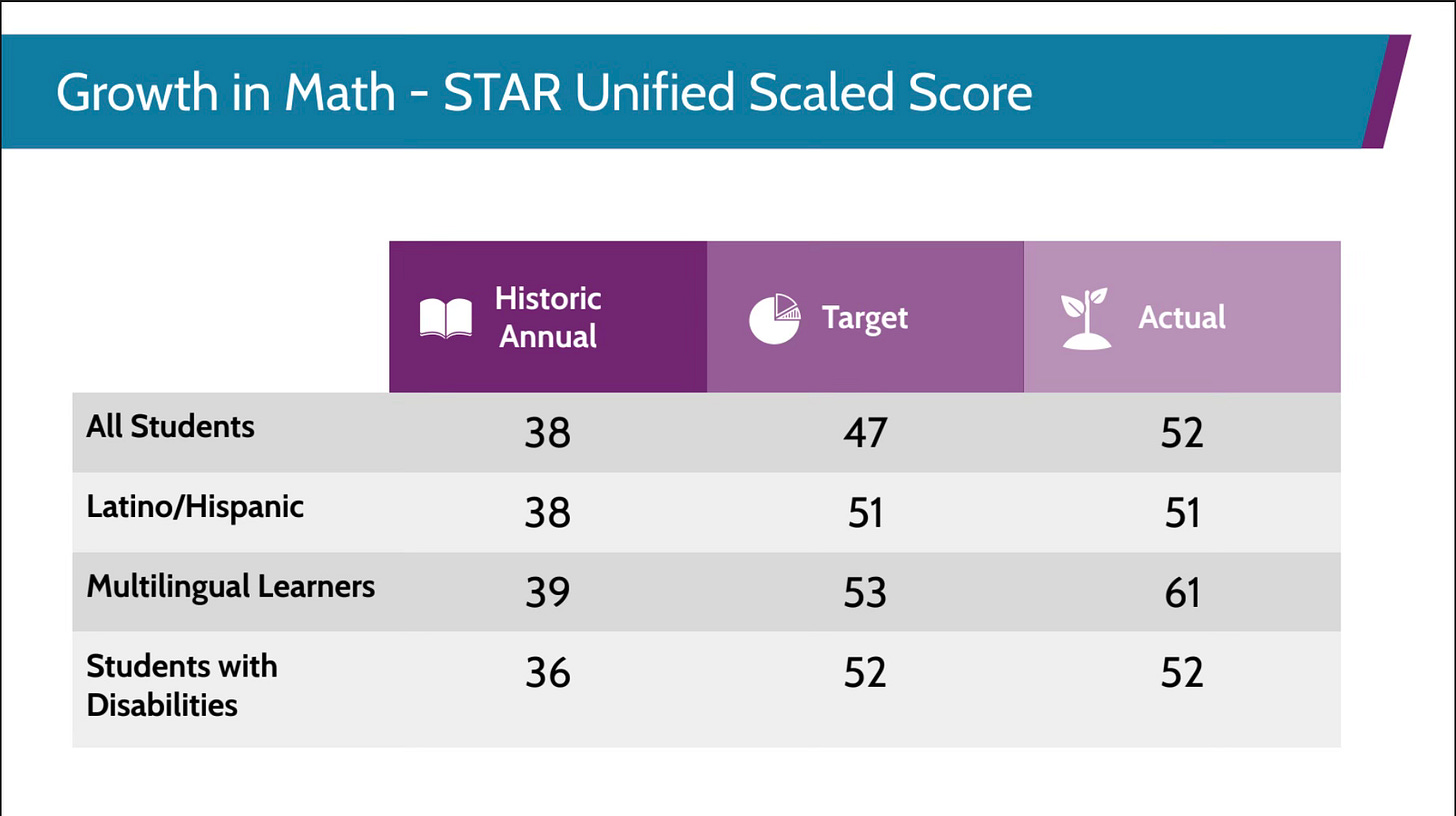
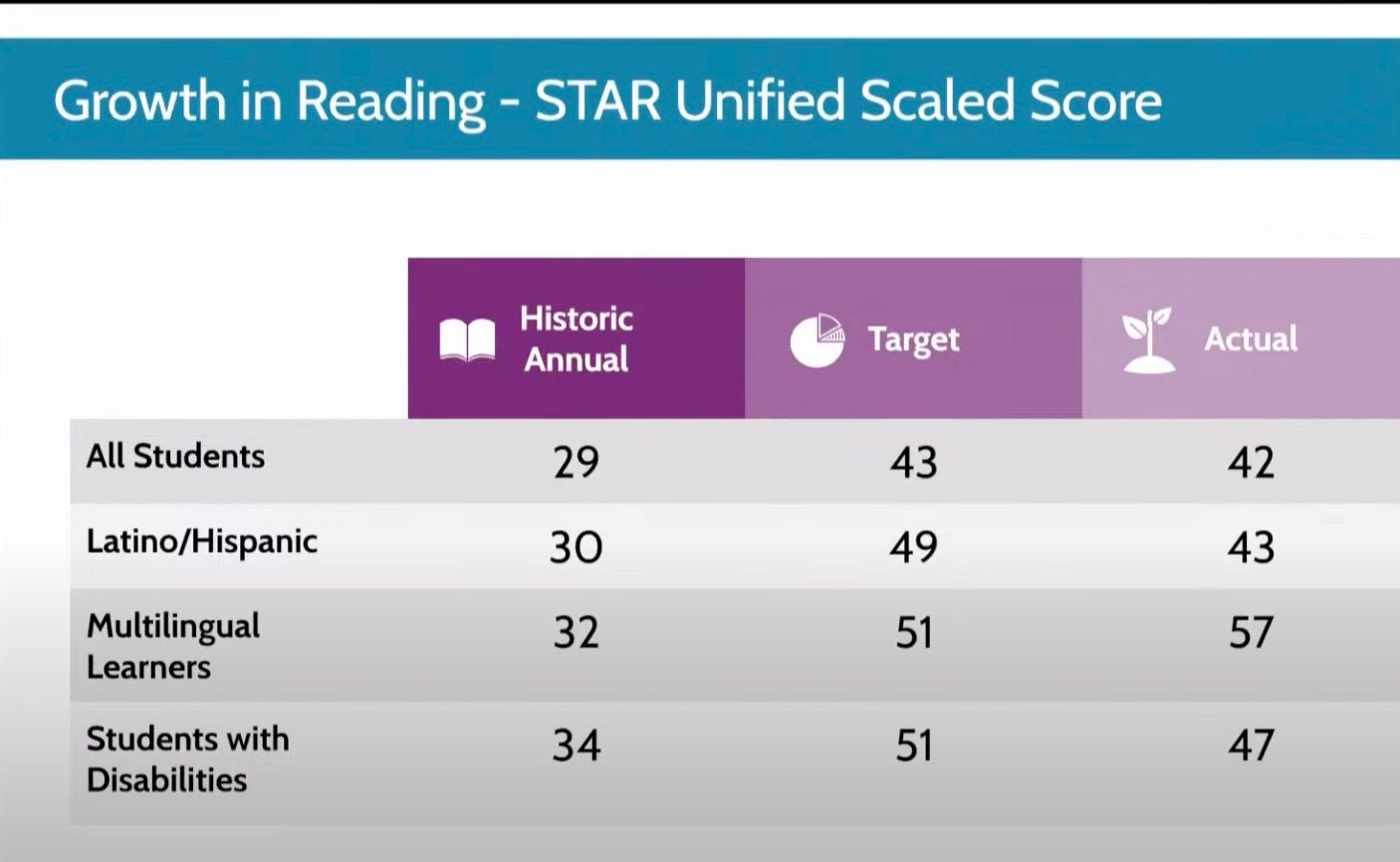
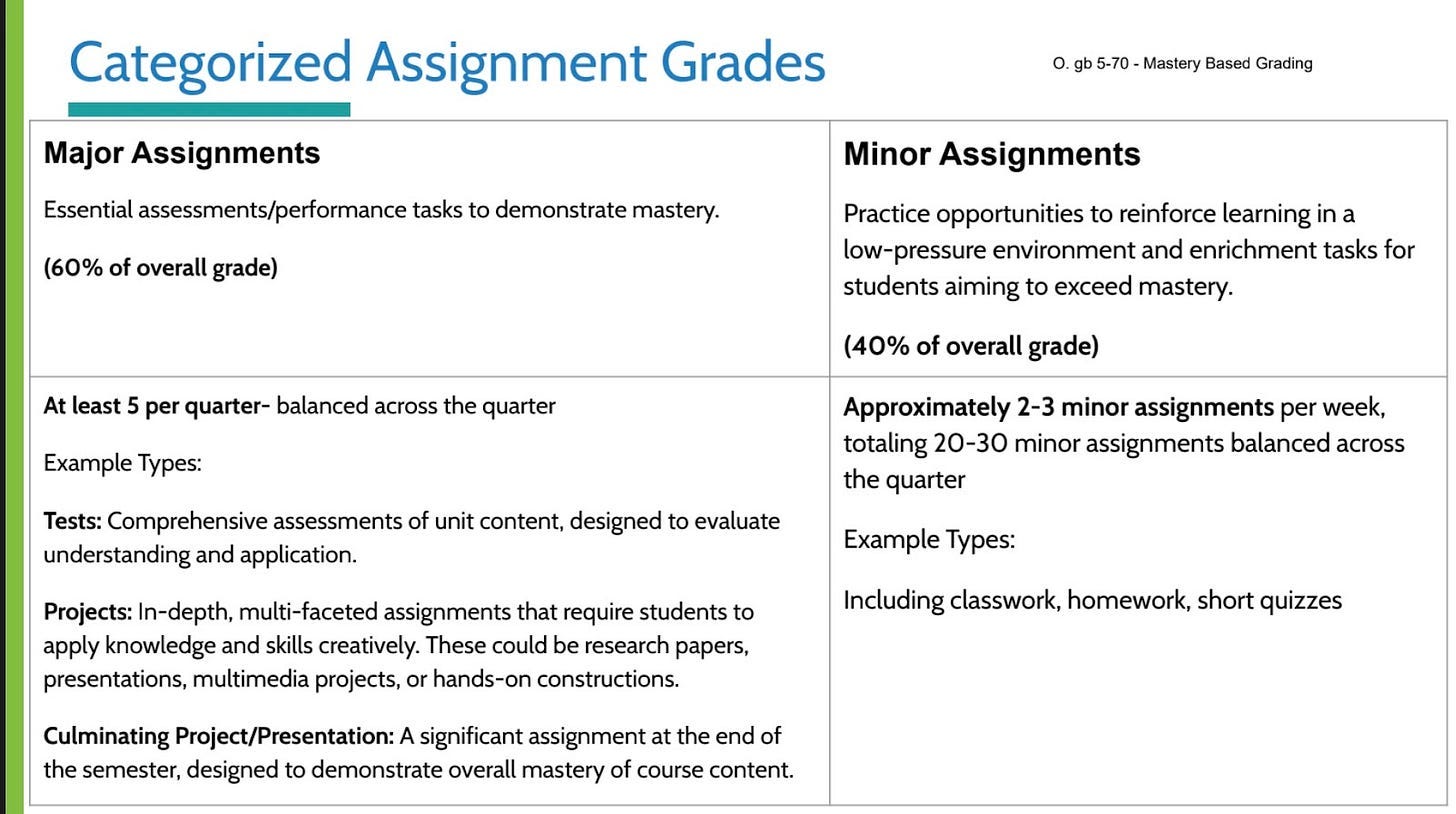
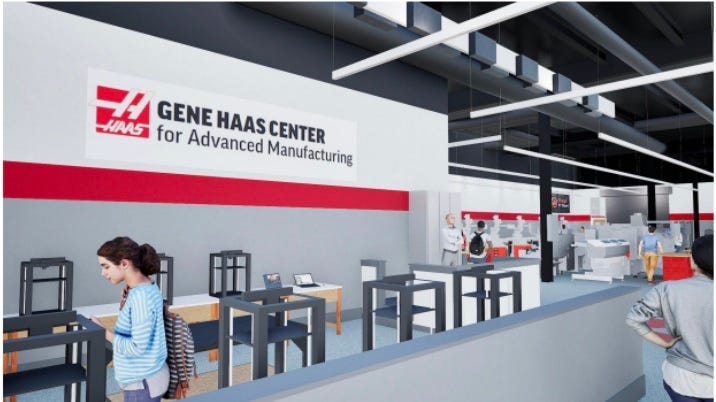
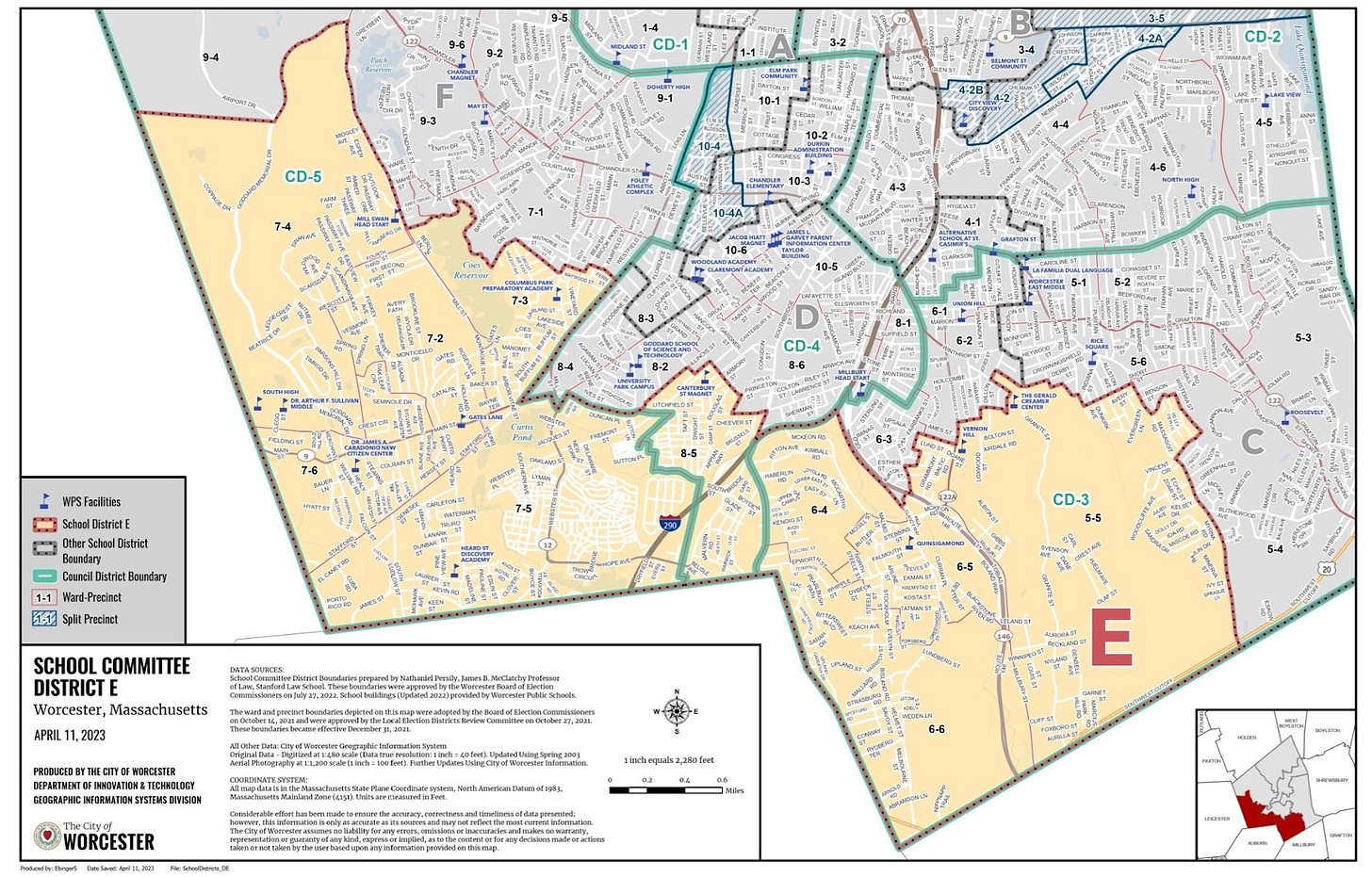
Key Point you brought out: 'And as the new education commissioner in Massachusetts, Pedro Martinez, said, “I always have this caveat: the proficiency rates that are in our schools are a reflection of the poverty in that community. The growth you see, that’s a reflection of the practices in the schools. And that’s where you hold people accountable."'
As always your reporting Is just so informative and objective -- thank you so much. Quick question: The report says average facility work order completion time went to 22 days from 4 days. That sounds like it got worse, not better. Did you/they mean the reverse?